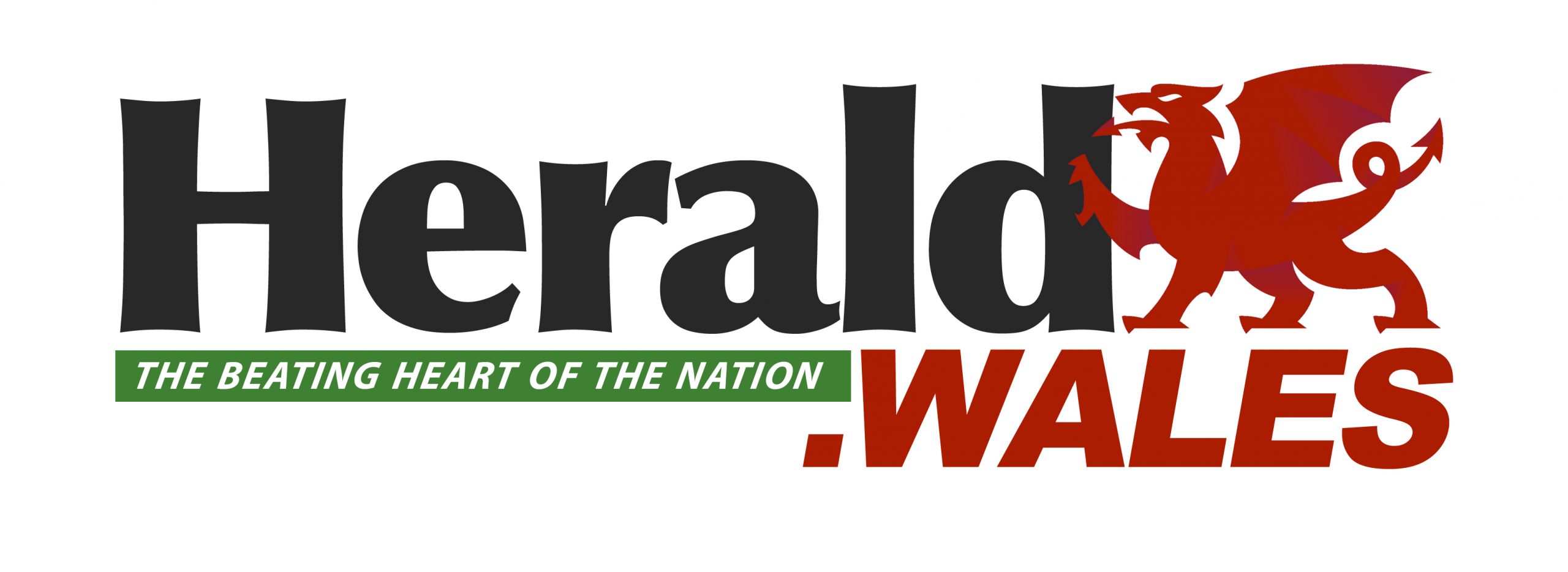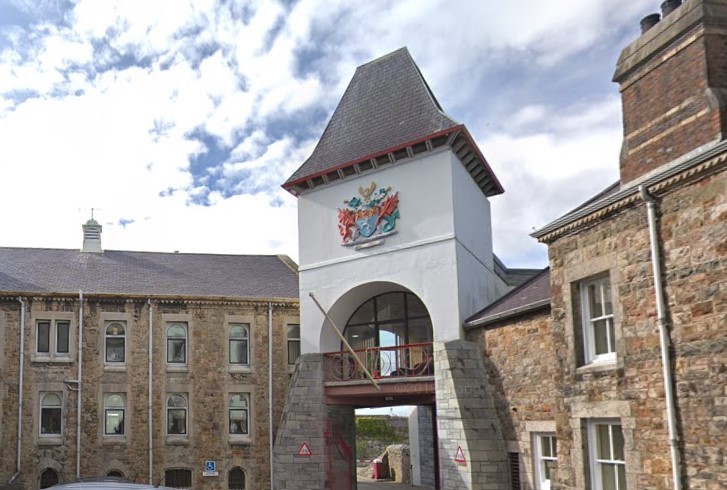THE DEMAND for housing continues to exceed the number of suitable homes available in Gwynedd.
That’s according to a housing report presented to Cyngor Gwynedd’s cabinet on Tuesday, April 8.
Councillor Paul Rowlinson gave an update from his department as cabinet member for housing and property.
He said the council continued to face “challenges” but he was “confident” that “suitable plans” were in place.
“Pressure” on the services and resources of the council’s homelessness team “remained high” – at almost 1,000 cases each year.

Three new developments were to offer homes for the county’s most needy, including in Bangor High Street and the Mona and Penrallt buildings in Caernarfon.
Other projects were also underway to prevent people having to stay in unsuitable accommodation such as B&Bs.
The data, he said, had suggested “less reliance” on the use of temporary emergency accommodation in 2024/25 compared to 2023/24.
In the 2024/25 financial year to mid-March, 891 households had presented as homeless, and 564 were placed in emergency accommodation.
The figures were “similar” to last year, although the numbers in emergency accommodation had “fallen slightly” compared to 2023/24, when 662 households were accommodated.
“The hard and deliberate efforts of the Department and the Homelessness Service were a key factor in this reduction,” he said.
Under its Housing Action Plan objectives, the council aimed to develop 83 supported units for homeless people.
In Dolgellau, the Dôl Sadler scheme was now home to five people, and a two-unit accommodation in Pwllheli was home to two households.
Other developments were “in progress”.
His report also noted delays at one site to provide three housing units on College Road, in Bangor.
Another on Bangor High Street would provide 12 units when completed but discussions were continuing over “welfare and support arrangements” with North Wales Housing.
The former Penrallt offices, Caernarfon, would provide up to 40 units and the Mona building in Caernarfon, which closed as an office in December, could provide up to six.

The data had also shown that 97% of social housing lettings went to someone with a connection to Gwynedd, he said.
A sample of recent lettings also showed an average of 60% went to someone with a connection to the community they wished to live in.
The Gwynedd Social Housing Development Programme (PDP), part of the Housing Action Plan, continued to “work closely” with Housing Associations aiming to build 700 homes.
Among the “good news” was £13m which had been attracted to build social housing, he said.
Some 352 affordable apartments were built since HAP started offering 1,178 residents a social tenancy, 361 units were “in the pipeline” for next year.
Under Ty Gwynedd, work continued in Llanberis, turning the old library into three homes, while the Coed Mawr Infant School site in Bangor would also see more houses built.
“More good news” came in January, as the Tŷ Gwynedd development Maes Twnti in Morfa Nefyn received planning permission to build nine homes.
Other sites in development included five units in Llanystumdwy and four in Mynytho.
Under the council’s buy to let scheme 43 houses had been purchased, with 11 properties now let.
Some 259 empty homes had also come back into use since HAP, and a grant had increased from £15,000 to £20,000.
It was “available to home-owners who purchased properties [which] used to be second homes, to encourage as many empty homes as possible back into use,” the report noted.
This included 97 houses where owners received grants to refurbish homes, and some £1.1m had been allocated in grants.
A scheme offering Council tax exemptions, up to a year for empty home owners to do essential restorations was “very successful” with 123 exemptions approved, to the last quarter of 2024.














